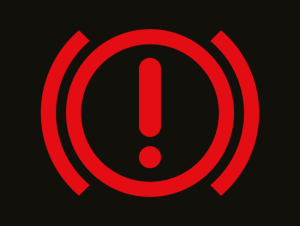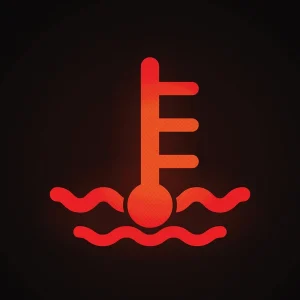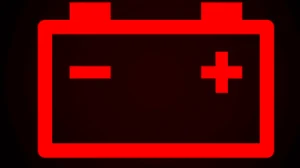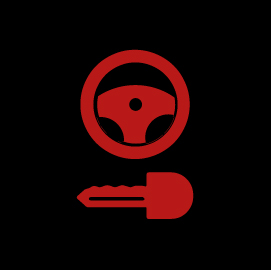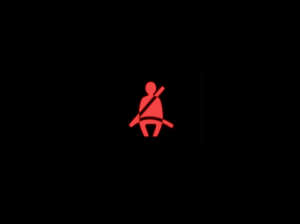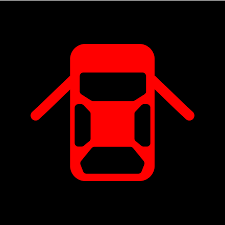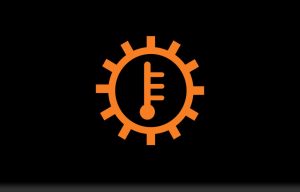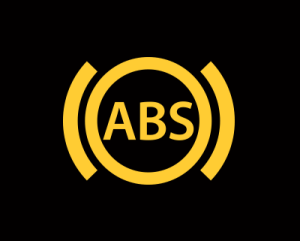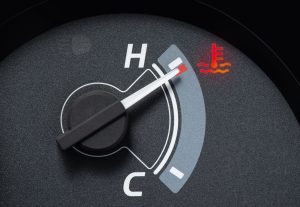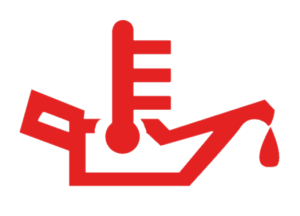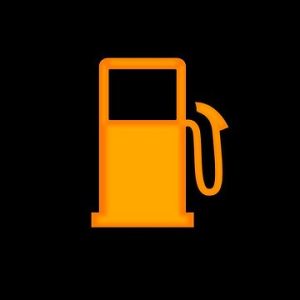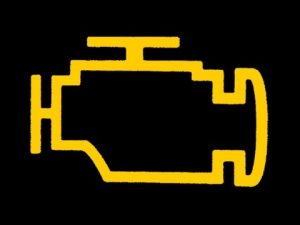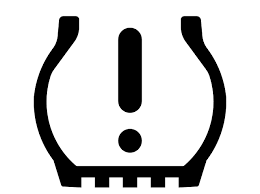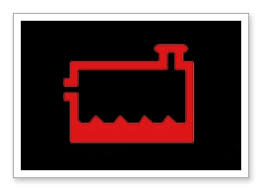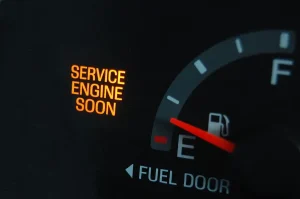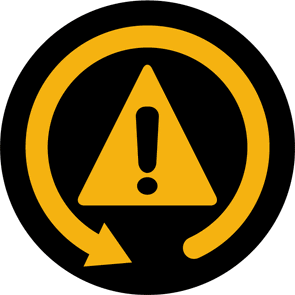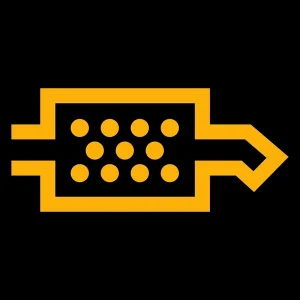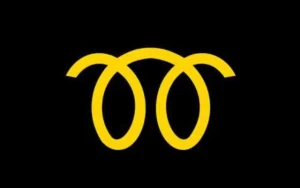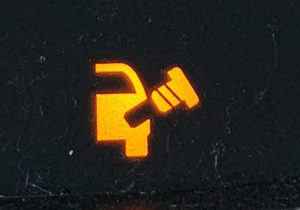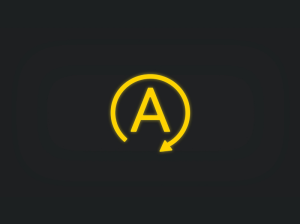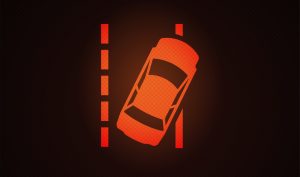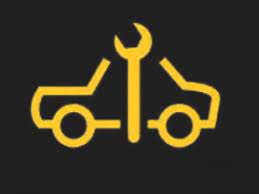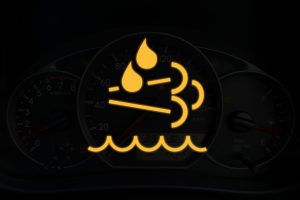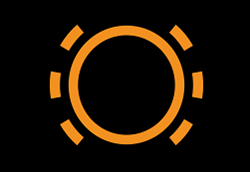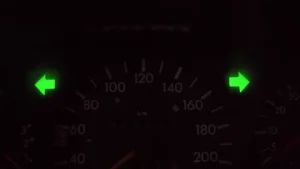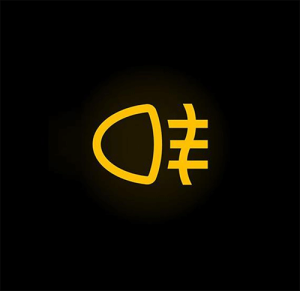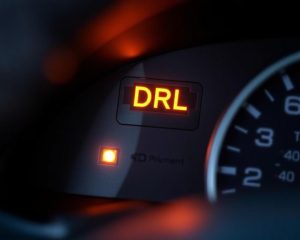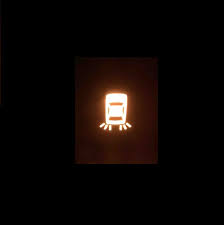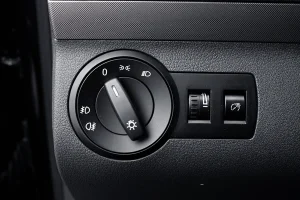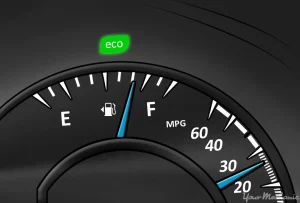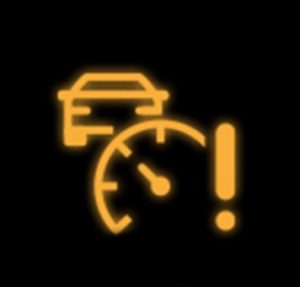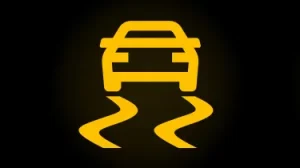Understanding dashboard warning lights in your BMW 1 Series is essential for safe driving, as they alert you to potential issues that could lead to breakdowns or accidents.
Ignoring them might result in costly repairs or unsafe conditions, so always respond promptly based on the light’s color and meaning. Regular checks and maintenance can help prevent many of these warnings from appearing.
Quick Navigation
Red (Stop Immediately)
These lights signal serious problems that require you to pull over safely right away and seek professional help to avoid damage or danger.
Engine Oil Pressure
Low oil pressure can cause engine damage from lack of lubrication. Possible causes include low oil levels or a faulty pump. Stop driving immediately, check oil, and call for roadside assistance if needed.
Brake System Alert
Indicates low brake fluid or a hydraulic issue that affects stopping power. Causes might include leaks or worn parts. Park safely at once and contact a mechanic; do not drive further.
Engine Coolant Temperature
Engine is overheating, which could lead to severe damage. Often due to low coolant, leaks, or a broken thermostat. Stop the car, let it cool, and get it towed to a service center.
Battery Charging System
The battery isn’t charging properly, possibly from a faulty alternator or belt. This can cause the car to stall. Pull over, turn off non-essential electrics, and seek immediate help.
Airbag System
Airbag or seatbelt pretensioner isn’t working correctly, risking injury in a crash. Could be a sensor fault or wiring issue. Stop and have it inspected at a service center right away.
Steering Lock
Anti-theft steering lock has a serious fault, which might lock the wheel while driving. Indicates a major system failure. Stop immediately and call for assistance to avoid losing control.
Power Steering Failure
Power steering system has failed, making the wheel hard to turn. Often due to low fluid or pump issues. Pull over safely and get the car towed for repairs.
Seatbelt Reminder
Driver or passenger seatbelt isn’t fastened, increasing injury risk in an accident. A chime may sound. Fasten all belts before driving; if it persists, check for sensor problems and stop to fix.
Door Ajar
A door, hood, or trunk isn’t closed properly, which could open while driving. Causes distraction or safety hazards. Stop, secure all closures, and restart; if it stays on, inspect latches.
Transmission Overheat
Transmission fluid is too hot, risking gear damage. Often from heavy load or low fluid. Stop, let it cool, and have it checked before continuing.
ABS Failure
Anti-lock braking system isn’t working, which affects emergency stopping. Could be sensor or module failure. Stop driving and get professional diagnosis immediately.
Engine Overheat
Similar to coolant warning, but specifically for extreme engine heat. Causes include radiator issues. Pull over, shut off engine, and call for help to prevent seizure.
Brake Fluid Low
Brake fluid level is critically low, compromising braking. Leaks or wear are common causes. Stop at once and top up or seek repairs; towing is recommended.
Oil Temperature High
Engine oil is overheating, which thins it and reduces protection. Stop immediately, allow cooling, and check for causes like blockages before resuming.
Fuel System Failure
Critical issue in fuel delivery, like pump failure, causing engine stop. Pull over safely and arrange for towing to a service center.
Yellow/Amber (Action Required Soon)
These lights mean there’s an issue that needs attention soon, but you can usually drive carefully to a service point.
Check Engine
Engine management system detects a fault, like a sensor issue or misfire. Drive cautiously and visit a service center soon to diagnose and fix.
Tyre Pressure Monitoring
One or more tires have low pressure, affecting handling and fuel use. Check and inflate tires promptly; if it persists, inspect for punctures.
Coolant Level Low
Coolant is below safe levels, risking overheating. Top up coolant when engine is cool and check for leaks at a garage.
Change Engine Oil
Time for an oil change based on mileage or time. Ignoring it affects engine health. Book a service appointment soon.
Dynamic Stability Control (DSC)
Traction control system has a fault, reducing stability on slippery roads. Drive carefully and have it inspected promptly.
Transmission Fault
Gearbox issue detected, like sensor problems, affecting shifting. Limit driving and get to a service center for checks.
Diesel Particulate Filter (DPF)
Filter is clogged with soot, common in diesels with short trips. Drive at higher speeds to regenerate or visit a mechanic for cleaning.
Glow Plug
Diesel engine glow plugs aren’t heating properly for cold starts. Starts may be rough; have them replaced soon.
Bulb Out
A light bulb, like headlight or brake light, has failed. Replace the bulb to ensure visibility and avoid tickets.
Fuel Cap Loose
Gas cap isn’t sealed, causing evaporation or check engine light. Tighten or replace the cap and reset if needed.
Start/Stop System
Automatic engine stop-start isn’t working, often due to battery or sensor issues. Continue driving but get it fixed for better efficiency.
Lane Departure Warning
System detecting lane drifts has a fault. It won’t alert you; drive attentively and service it soon.
Frontal Collision Warning
Collision avoidance system isn’t functioning, reducing safety aids. Schedule a check to restore this feature.
Service Vehicle Soon
General reminder for upcoming maintenance. Book an appointment to keep the car in top condition.
Air Suspension Fault
Suspension system has an issue, affecting ride height. Avoid rough roads and get it repaired promptly.
Diesel Exhaust Fluid (DEF) Low
DEF level is low in diesels, needed for emissions. Refill soon to avoid power reduction.
Brake Pad Wear
Brake pads are thin and need replacement. Schedule a service to avoid metal-on-metal damage.
Green (Information Only)
These lights provide status updates on active systems or features, with no action needed unless they indicate a problem.
Turn Signals
Blinking to show left or right turn indicator is on. Ensures others see your intentions; turns off after maneuver.
High Beams
High beam headlights are on for better distance visibility. Dim them for oncoming traffic to avoid blinding others.
Fog Lamps
Front or rear fog lights are engaged for poor visibility. Use only when needed and turn off in clear conditions.
Daytime Running Lights
Automatic lights for daytime visibility to others. They stay on while driving; no manual action required.
Tail Lights
Rear lights are functioning, ensuring you’re visible from behind. Indicates they’re active.
Automatic Headlamp Dimmer
System is auto-adjusting high beams based on traffic. Provides info that it’s operational.
Eco Mode
Fuel-saving mode is enabled, adjusting throttle and systems for efficiency. Indicates eco driving is in use.
Cruise Control
Speed control system is set and maintaining speed. No action; it’s informational.
ESP Active
Electronic Stability Program (DSC in BMW) is intervening for traction. Flashes when helping; steady means on.
Front Fog Lamps
Specifically, front fogs are on. Use in fog or rain for better close-range visibility.
When looking at BMW, make sure to check out our guides on models like the BMW 5 Series, BMW 4 Series, BMW 3 Series, and BMW X5. Understanding dashboard warning lights is essential. Our expert reviews break down what each light means, highlighting common alerts for these models and what they could signal about underlying issues, so you’re never left guessing behind the wheel.


